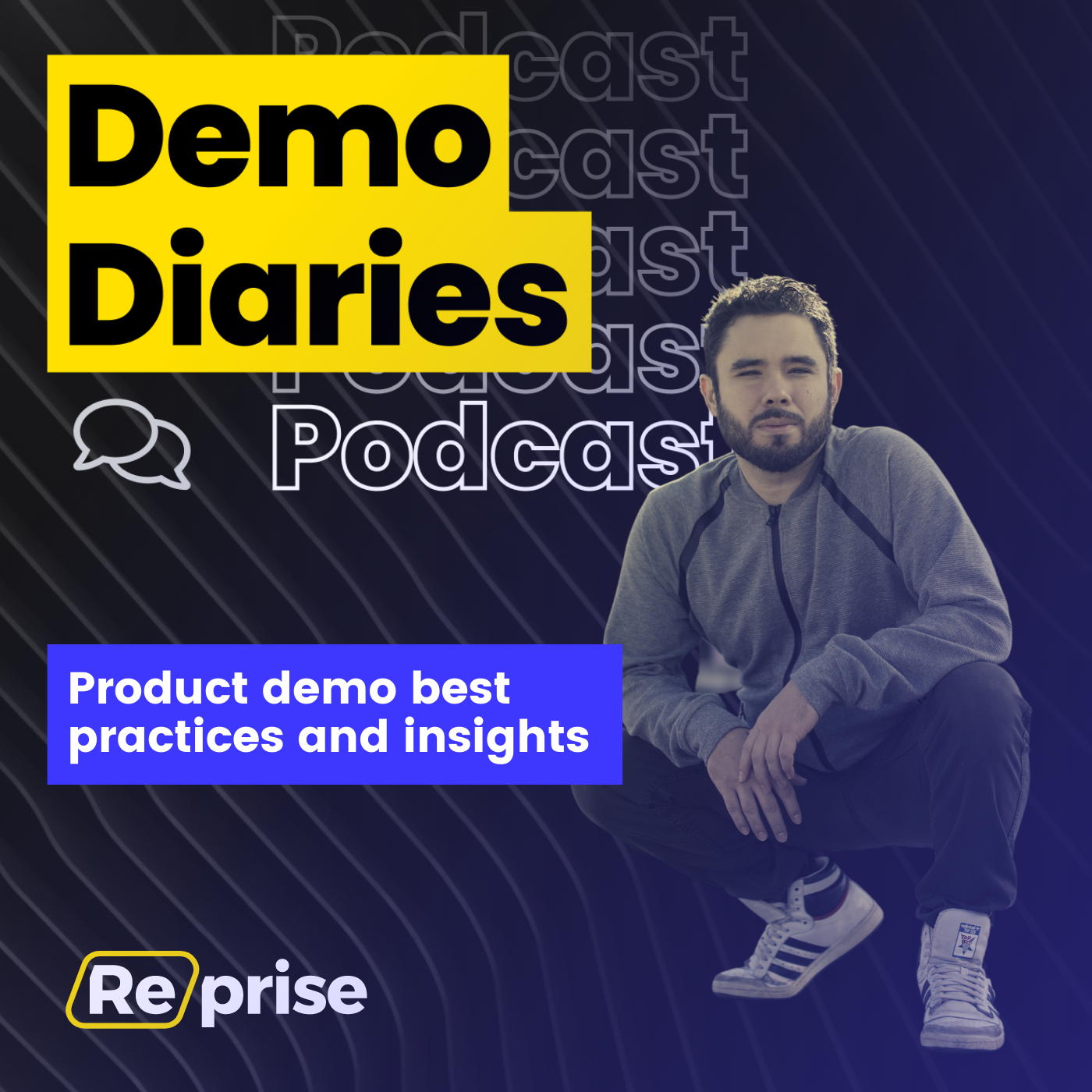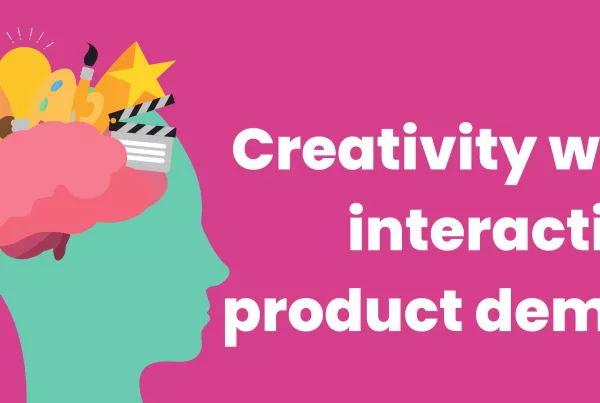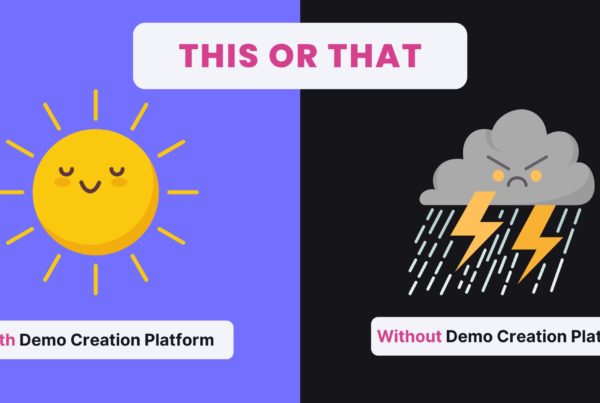If you’re a regular listener to the Demo Diaries podcast, you know that the new buyer journey has been a frequent topic of conversation over the seasons. It’s always interesting to find someone with an interesting and informed perspective on that and everything else sales enablement and development, so that’s why I was delighted to talk to Guirae Jang, Director, Sales at Entara and former Sales Development Leader at Capsule8. (Not to mention that his energy is infectious!)
Meet Guirae
He grew up in the Bay Area, right down the street from Apple – but didn’t really know what that meant as a kid. As he grew up he felt frustrated with everyone’s drive to join the latest startup instead of building something. That’s probably because he studied philosophy in college and grad school, and always wants to get one layer deeper and ask the bigger questions.
So he decided to try to go into the VC/private equity world because he loves data, but he realized he also loves engaging with people (and making money). That’s what led him to sales. He learned a lot about the buyer journey, grew his passion for sales development and saw it picking up, and became a manager and now is at Capsule 8.
PLG Tips
Guirae notes that while conversations about PLG make it sound like a brand-new phenomenon, it’s really not that new – but what is new is making it so widespread in so many SaaS companies. Right now, there are not that many places that have robust sales development teams and have that through PLG – that’s the really new development.
Since that’s his area of expertise, he has a few PLG recommendations:
- Let the buyer buy. Execs don’t get sold – they buy. They’re really smart and know what they’re doing – you need to align to their buyer journey and know what they’re up against as well. Engage them with added value accordingly.
- Reduce or eliminate friction. Make it easy and accessible for buyers.
- Be human. Be yourself in the buyer journey – how will you stick out? Will you just copy competitors or stand out? And what problem you will solve, what impact you’ll have?
- Add value. Don’t make it about you – make it about them. Of course we have quotas and next steps, but really make it about them in the buyer journey.
It’s a common fallacy that if you talk endlessly about the product and features that you’re moving the sales cycle along, and that’s just not true. Talking to the right people should be your north star, not micromanaging SDR tasks. To really position your product’s value, sometimes you just need to be quiet and let them see for themselves. Having a sense of control and throwing things at the wall to see what sticks can seem like doing a good sales job – but it’s really not.
How to Train Sales Reps
Value is not spitting out info about products and features – prospects can find that on the internet. Telling the story is value in sales these days: a company had a problem, here’s how we solved it, the pain we solved, the metrics they care about, what works, etc. Instill confidence in SDRs by helping them to get all of this so they can sell. Tell the message of what the product will do for you, not simply what the product does.
How the B2B Buyer Journey Has Changed
Data is way more accessible – smartphones are everywhere, Google is super smart, you can understand things for yourself and that’s how buyers want to buy. One narrow approach doesn’t work – you need to have many ways to engage. Don’t need to do everything, but be mindful that you can’t just focus on one channel anymore.
One PLG Sales Tip
When you read your sales copy, do you think something or do you feel something? People make decisions emotionally but they justify it rationally. Provide those stories, that’s what their enablement does and the problems they solve to get them to the future state.
Watch the full episode here:






